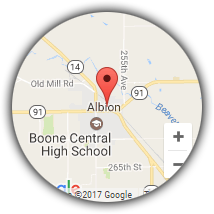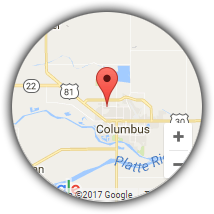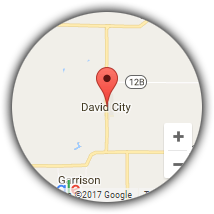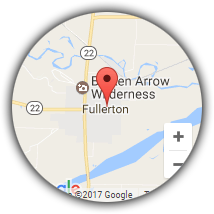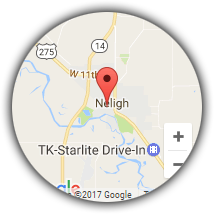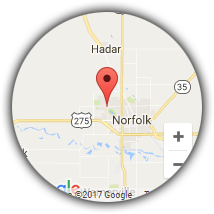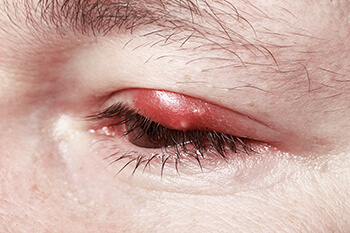 A chalazion is an enlargement of an oil-producing gland in the eyelid called the meibomian gland. It forms when the gland opening becomes clogged with oil secretions. It is not caused by an infection from bacteria and is not cancerous.
A chalazion is an enlargement of an oil-producing gland in the eyelid called the meibomian gland. It forms when the gland opening becomes clogged with oil secretions. It is not caused by an infection from bacteria and is not cancerous.
About 25% of chalazia have no symptoms and will disappear without any treatment. Sometimes, however, a chalazion may become red, swollen and tender. A larger chalazion may also cause blurred vision by distorting the shape of the eye. Occasionally, a chalazion can cause the entire eyelid to swell suddenly.
Symptoms are treated with one or more of the following methods:
-
Warm Compresses
Warm compresses help to clear the clogged gland. Soak a clean washcloth in hot water and apply the cloth to the lid for 10-15 minutes, three or four times a day until the chalazion is gone. You should repeatedly soak the cloth in hot water to maintain adequate heat. When the clogged gland opens, you may notice increased discharge from the eye. This should improve.
-
Antibiotic
An antibiotic may be prescribed if bacteria infect the chalazion.
-
Steroid Injections
A steroid (cortisone) injection is sometimes used to reduce inflammation of a chalazion.
-
Surgical Removal
If a large chalazion does not respond to other treatments and /or affects vision, your ophthalmologist may drain it surgically. The procedure is usually performed under local anesthesia in your ophthalmologist’s office.
A chalazion usually responds well to treatment, although some people are prone to recurrences. If a chalazion recurs in the same place, your ophthalmologist may suggest a biopsy to rule out more serious problems.

